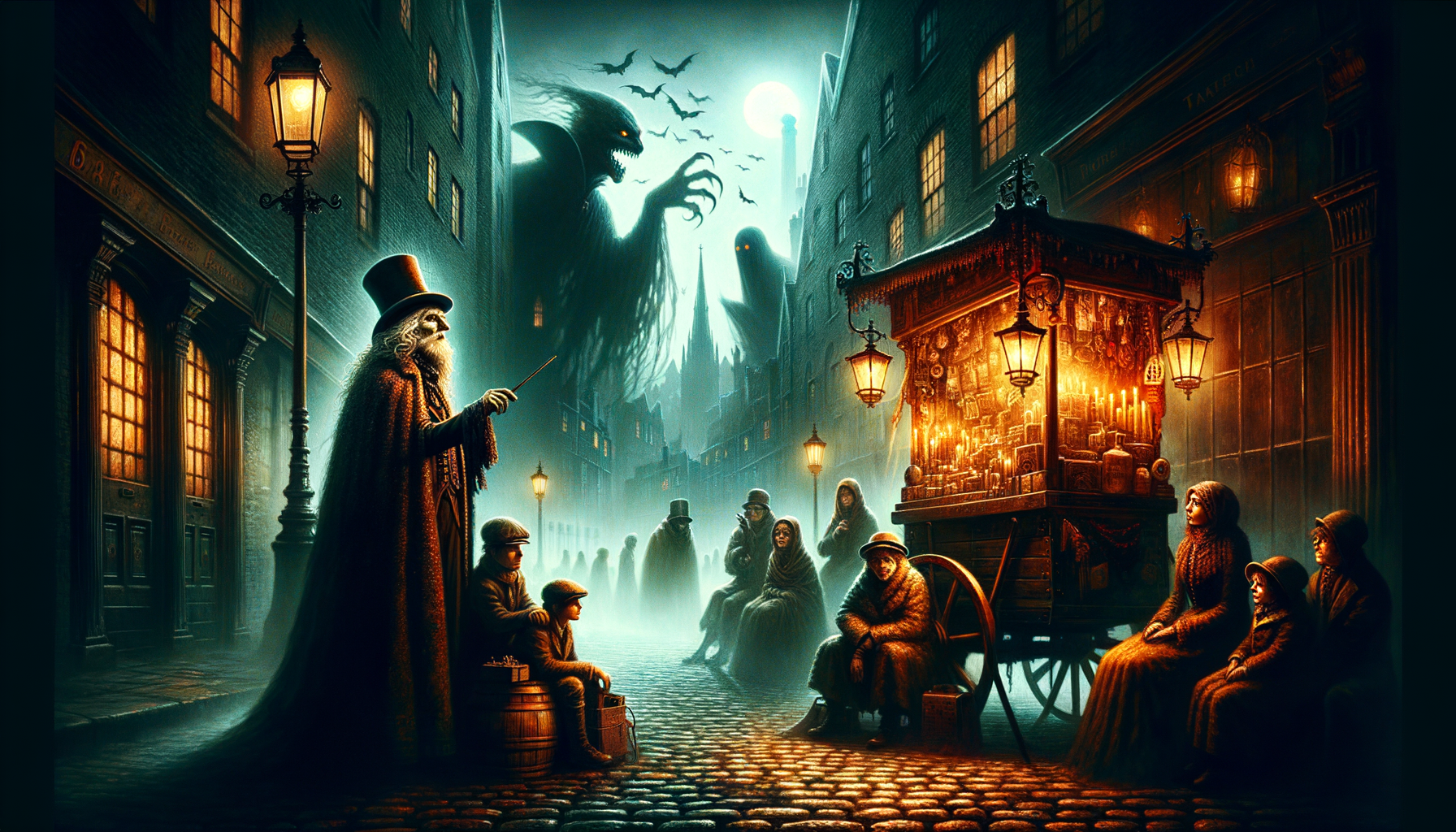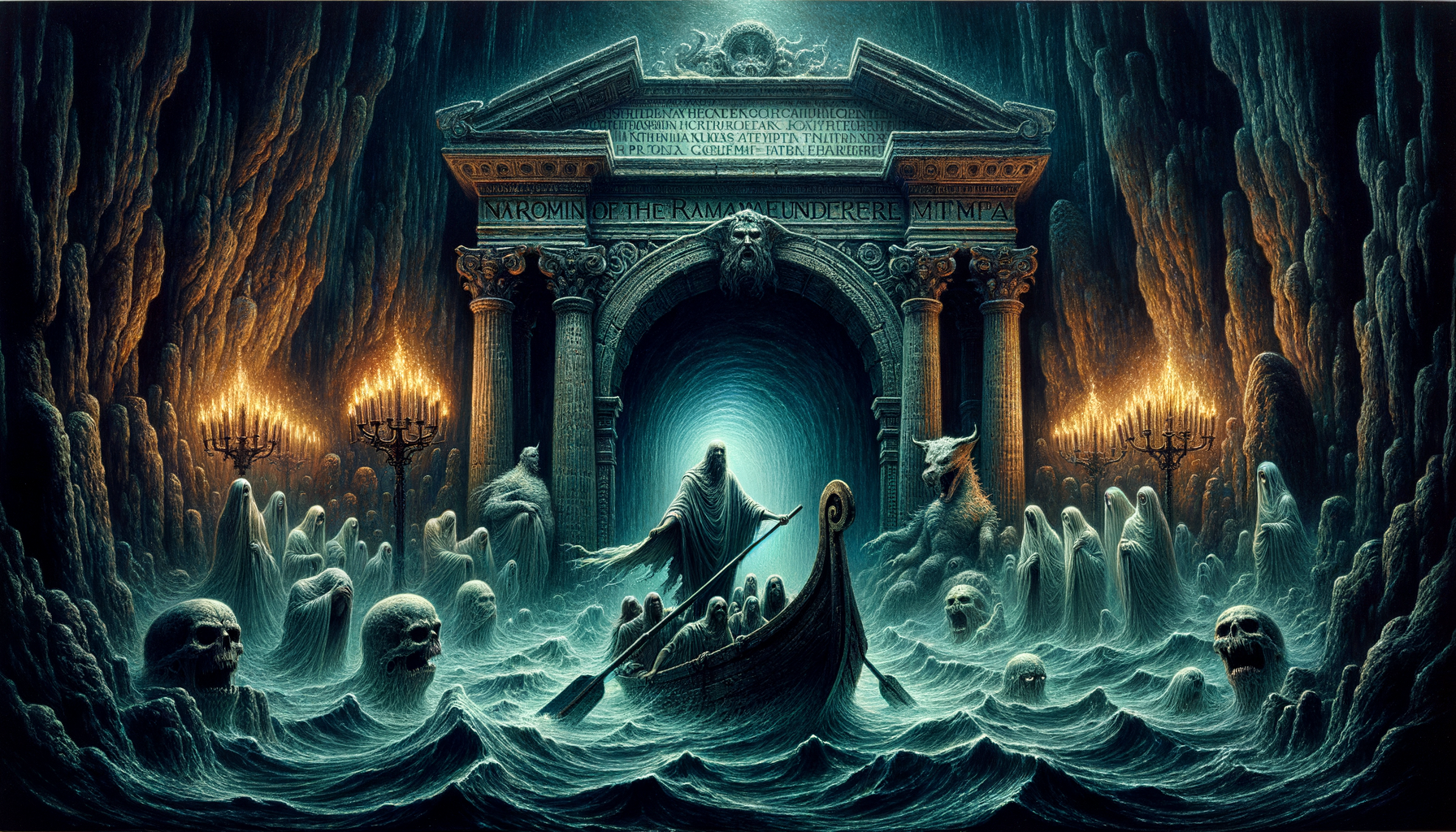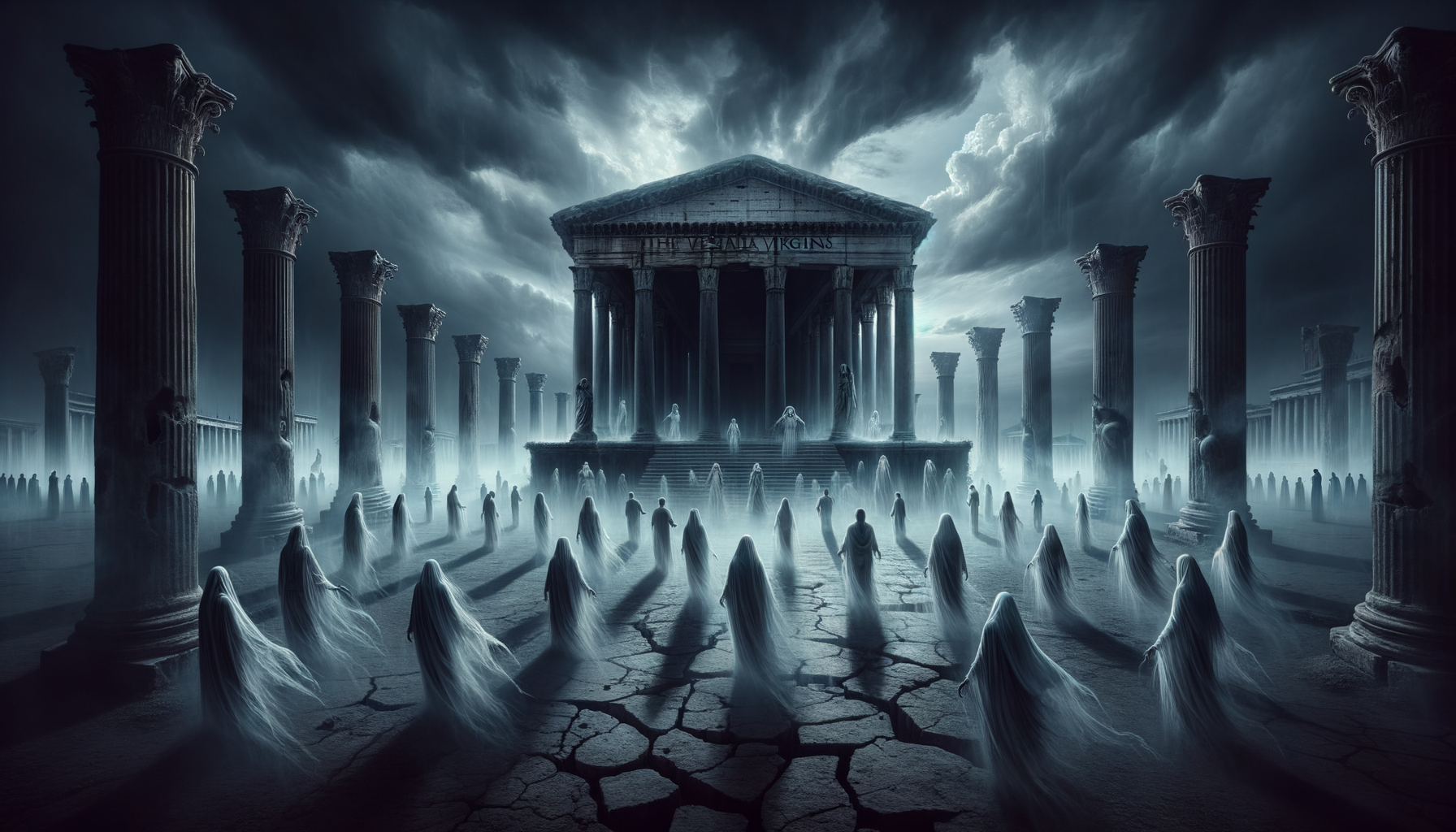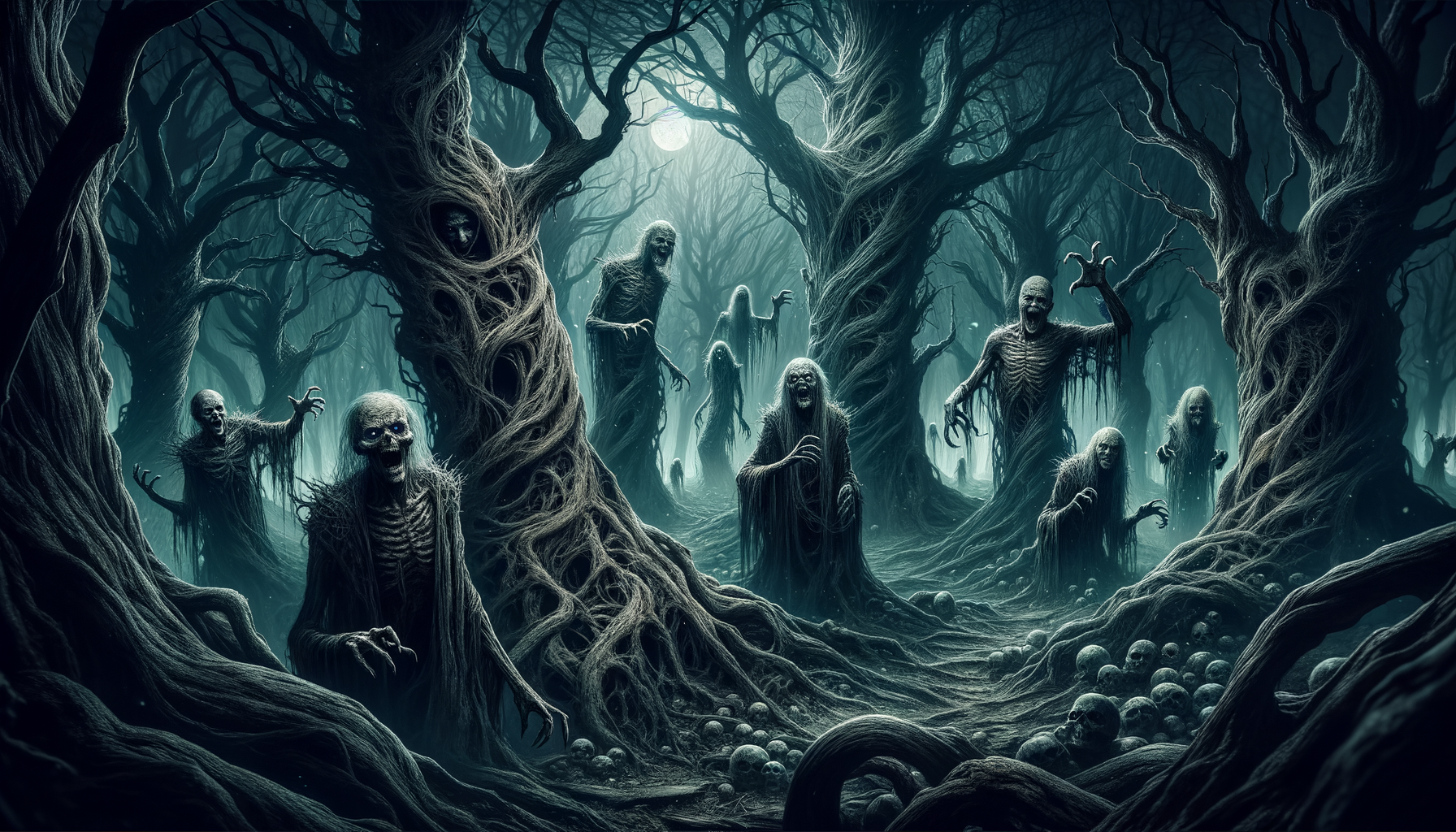Welcome to the eerie, spine-tingling world of Penny Dreadfuls! Have you ever wondered what makes these Victorian-era publications so captivating and horrifying? In this comprehensive analysis, we’re diving deep into the folklore that inspired these tales. Whether you’re a literature enthusiast, a horror aficionado, or just curious about dark storytelling, this article will unravel the mysteries and themes that have made Penny Dreadfuls a staple of Gothic fiction. Let’s embark on this ghastly journey together!
Historical Context of Penny Dreadfuls
Origins and Emergence
Penny Dreadfuls originated in 19th century Britain, a time marked by significant social and economic changes. As industrialization progressed, the urban population grew, creating a new class of readers eager for affordable entertainment. These inexpensive publications, often costing just a penny, catered to the masses by providing thrilling stories that were both accessible and engaging.
Socioeconomic Factors that Fueled Their Popularity
The rise of literacy rates and the availability of cheap printing technology were crucial in the emergence of Penny Dreadfuls. The working-class population, with limited leisure options, found these stories to be a perfect escape from their daily struggles. The affordability and serialized nature of the stories ensured a steady and loyal readership.
Impact on Victorian Literature and Society
Penny Dreadfuls had a profound impact on Victorian literature and society. They democratized reading by making literature accessible to the lower classes, who were previously excluded from the literary world. Moreover, these stories often reflected and amplified societal anxieties, contributing to the cultural dialogue of the time.
Popular Genres and Themes
Common Genres
Penny Dreadfuls spanned various genres, with crime, horror, and adventure being the most popular. These genres captivated readers by exploring the darker aspects of human nature and the unknown.
Recurring Themes
Recurring themes in Penny Dreadfuls included fear, morality, and the supernatural. Stories often revolved around moral dilemmas, the battle between good and evil, and the exploration of the supernatural, which mirrored the Victorian fascination with the metaphysical.
Role of Serialized Storytelling
The serialized format of Penny Dreadfuls played a significant role in engaging readers. Each installment ended with a cliffhanger, compelling readers to return for the next issue. This format not only sustained reader interest but also allowed for complex storytelling and character development.
Key Folklore and Mythological Inspirations
Local Folklore and Urban Legends
Penny Dreadfuls drew heavily from local folklore and urban legends, which added an element of familiarity and authenticity to the stories. These narratives often incorporated well-known myths, making them resonate more deeply with readers.
Exploration of British Urban Legends
British urban legends like Spring-Heeled Jack and Sweeney Todd were prominent in Penny Dreadfuls. These characters, rooted in local folklore, provided a rich source of material that writers could adapt and expand upon, creating enduring and iconic tales.
Influence of Local Myths
Local myths influenced the narratives of Penny Dreadfuls by providing a foundation for the fantastical elements within the stories. These myths allowed writers to explore themes of fear and the supernatural in a way that was both engaging and culturally relevant.
Gothic and Supernatural Elements
Gothic Motifs
Gothic motifs such as haunted castles, ghosts, and curses were prevalent in Penny Dreadfuls. These elements created an atmosphere of suspense and terror, which was central to the appeal of these stories.
Integration of Supernatural Elements
The integration of supernatural elements with everyday life added a layer of intrigue and excitement to Penny Dreadfuls. This blending of the ordinary with the extraordinary captured the imaginations of readers and heightened the sense of mystery and danger.
Noteworthy Characters and Archetypes
Iconic Protagonists and Villains
Penny Dreadfuls introduced several iconic protagonists and villains, such as Varney the Vampire and Sweeney Todd. These characters became emblematic of the genre and left a lasting legacy in popular culture.
Famous Characters
Varney the Vampire and Sweeney Todd are among the most famous characters from Penny Dreadfuls. Varney, with his tragic and complex nature, and Sweeney Todd, the demon barber, both epitomize the blend of horror and psychological depth that characterized these stories.
Analysis of Hero and Anti-Hero Archetypes
Penny Dreadfuls often featured hero and anti-hero archetypes, reflecting the complexities of human nature. Heroes were typically flawed individuals who faced moral dilemmas, while anti-heroes challenged traditional notions of good and evil, offering a more nuanced portrayal of character.
Character Development and Psychological Depth
Exploration of Character Motives
Penny Dreadfuls delved into the motives and psychological complexities of their characters. This exploration added depth to the stories and made the characters more relatable and compelling.
Reflection of Societal Fears and Aspirations
The characters in Penny Dreadfuls often mirrored societal fears and aspirations. Through their struggles and triumphs, readers could see reflections of their own lives and the broader societal context, making the stories more impactful.
Cultural Impact and Legacy of Penny Dreadfuls
Influence on Modern Horror and Pop Culture
Penny Dreadfuls have had a lasting influence on modern horror and pop culture. Their themes, characters, and narrative techniques have been adapted and reinterpreted in various forms, from literature and film to television and comics.
Contributions to the Horror Genre
The contributions of Penny Dreadfuls to the horror genre are significant. They helped establish many of the tropes and conventions that define horror today, such as the use of suspense, the supernatural, and complex villains.
References and Adaptations
References and adaptations of Penny Dreadfuls can be seen in contemporary media. Shows like “Penny Dreadful” and various film adaptations of characters like Sweeney Todd attest to the enduring appeal and relevance of these stories.
Enduring Appeal and Scholarly Interest
Reasons for Continued Fascination
The continued fascination with Penny Dreadfuls can be attributed to their thrilling narratives, complex characters, and exploration of universal themes. They offer a window into the fears and fantasies of the past, which remain relevant today.
Scholarly Perspectives and Critical Analysis
Scholarly perspectives on Penny Dreadfuls highlight their cultural and literary significance. Critical analysis often focuses on their role in democratizing literature, their reflection of Victorian society, and their lasting impact on the horror genre.
Conclusion
From their historical roots to their lasting cultural impact, Penny Dreadfuls have weaved a web of horror that still captivates readers today. We’ve explored their origins, iconic folklore, and unforgettable characters, revealing why these dark tales endure. Ready to immerse yourself in the world of Victorian horror? Grab a Penny Dreadful and let the chilling adventure begin! Share your thoughts or favorite tales in the comments below.




